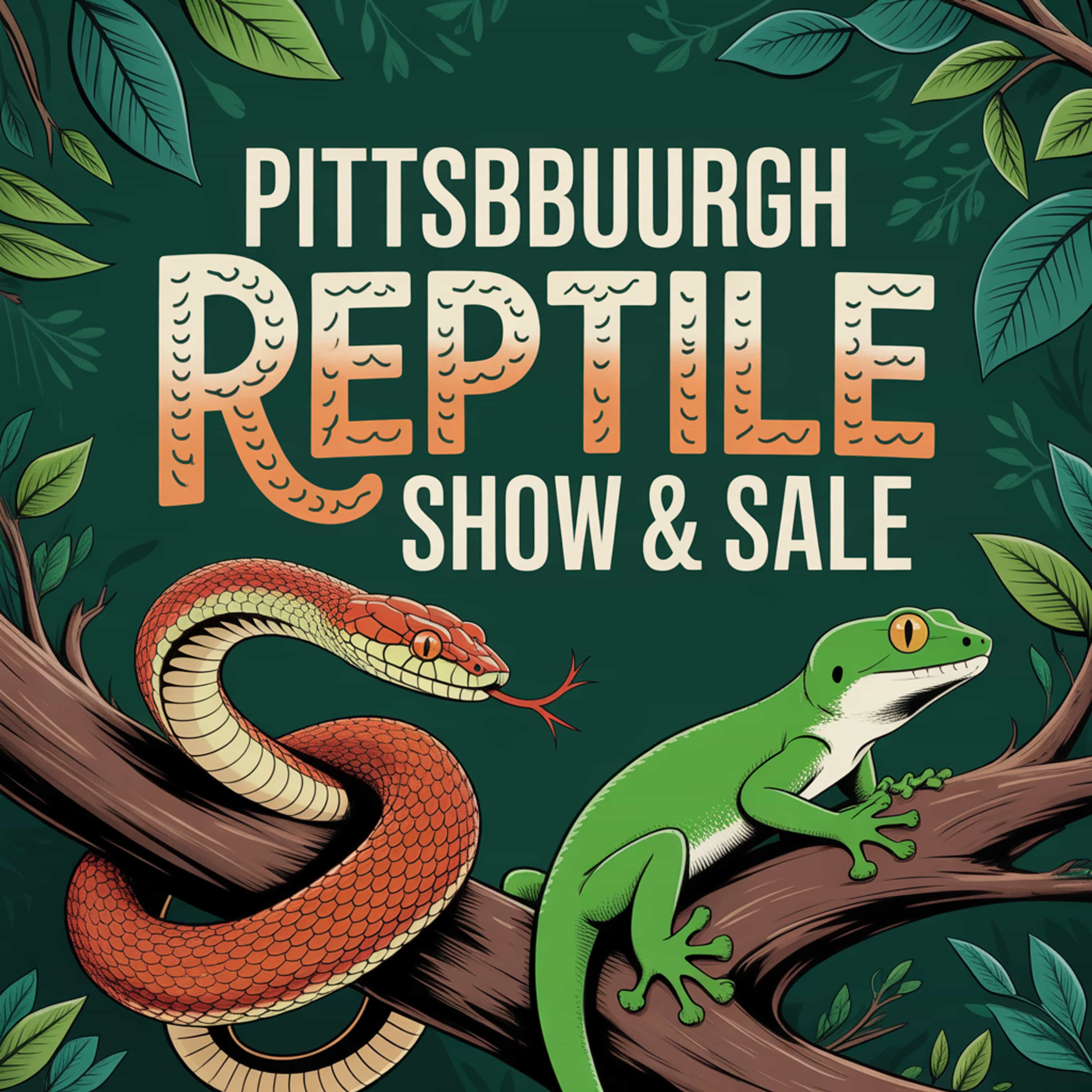
Join us to learn more about the Pittsburgh Reptile Show & Sale the largest monthly reptile expo in Western Pennsylvania
Launch Week Recap: Teams, Background Music, & more
Dive into scientific discoveries and technological advancements
Created by users on Jellypod • Updated daily

Join us to learn more about the Pittsburgh Reptile Show & Sale the largest monthly reptile expo in Western Pennsylvania
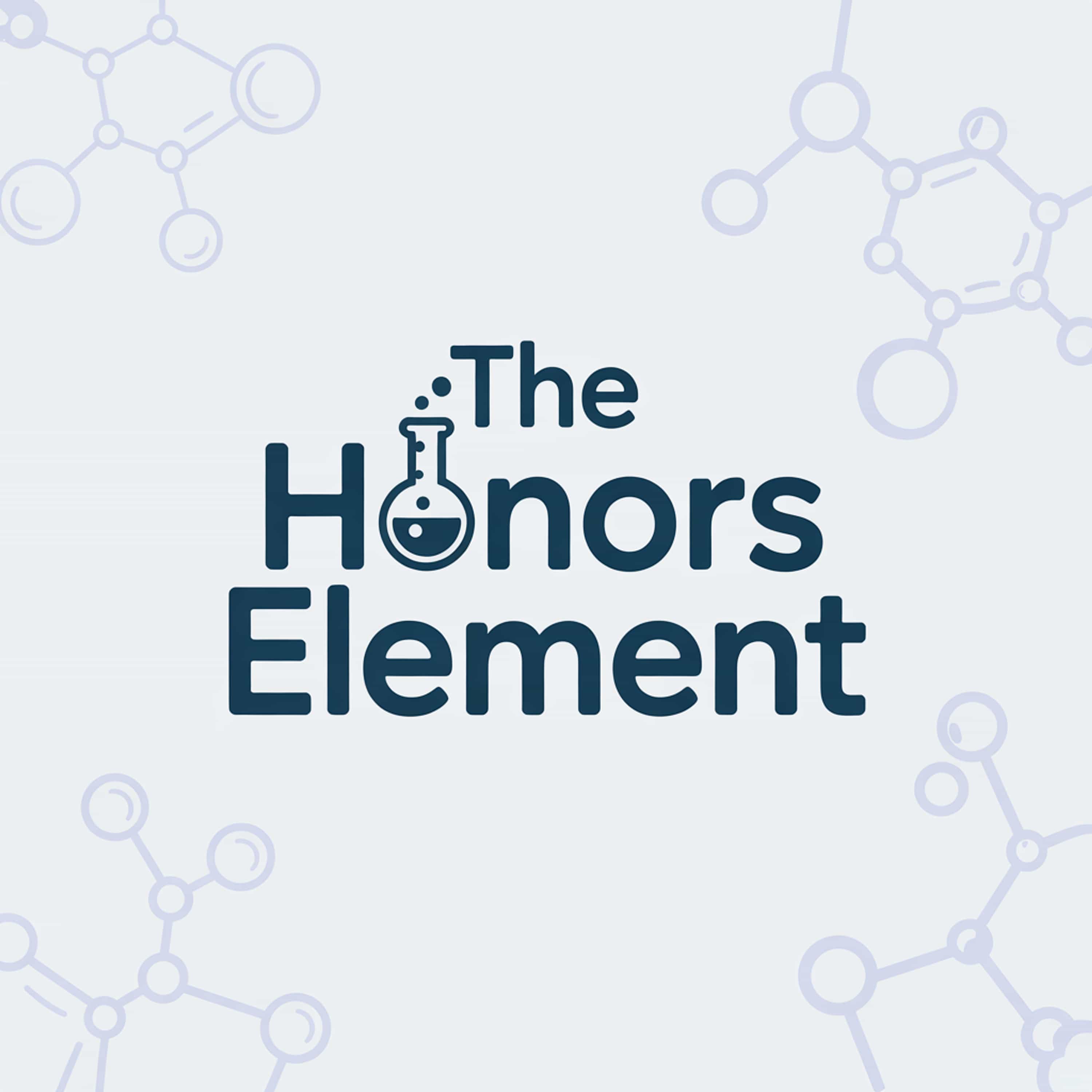
The Honors Element is a podcast created for Penn State Honors General Chemistry students, exploring the fundamental ideas that shape how we understand the chemical world. Each episode connects core concepts to real-life applications while preparing students for upcoming lectures.
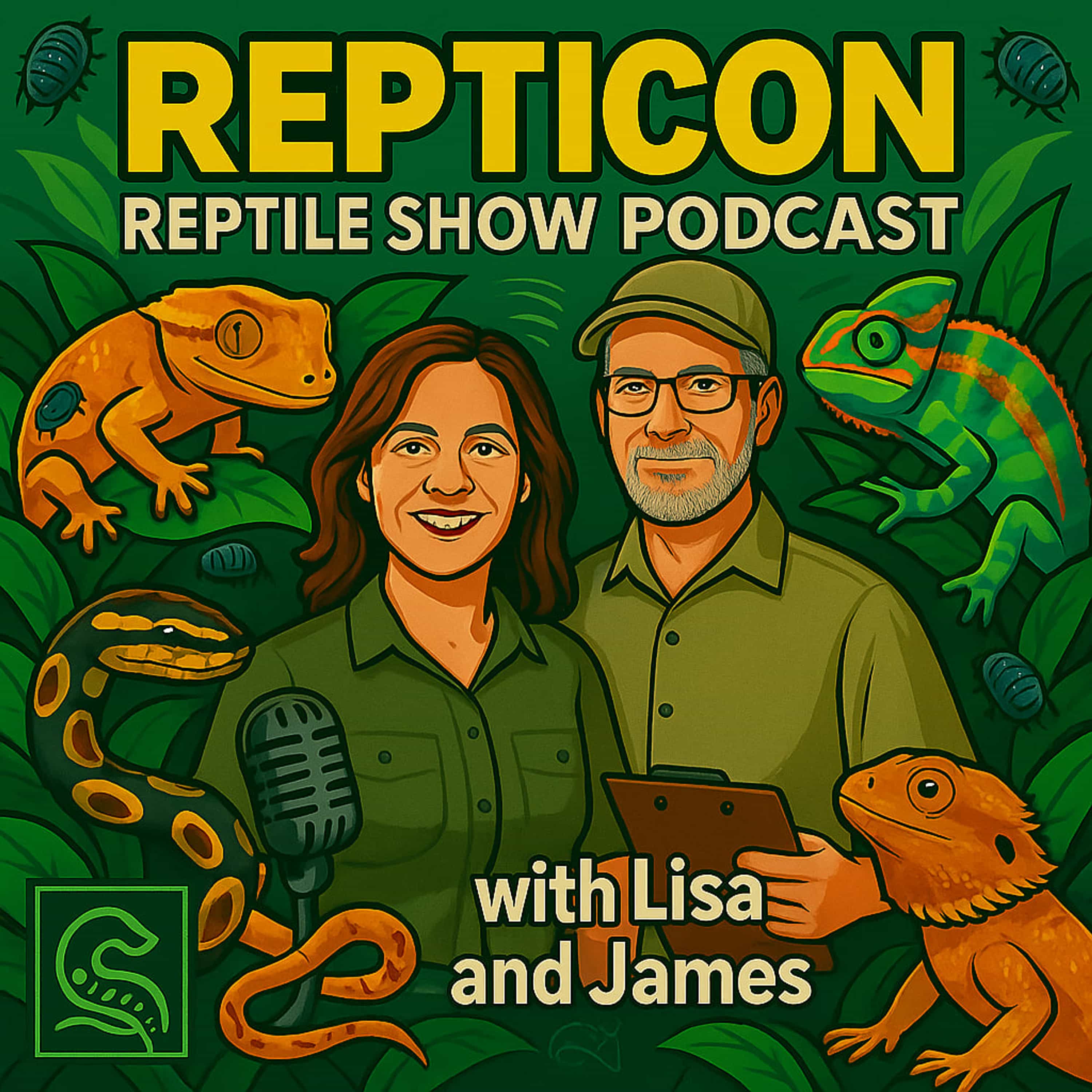
Coming to a city near you. Stay up to date with the new breeders and unique special events.
Kernziel für die Landwirte, Lohnunternehmer und AMAZONE ist es, dass wir ein hohes Ertragsniveau pro ha Fläche mit nachhaltigen Methoden schaffen. Es gilt daher, die Effizienz der Produktionsprozesse insbesondere durch Innovation und Digitalisierung zu verbessern und so präzise wie möglich die Pflanzen zu behandeln. Dieser Podcast wurde per KI zusammengestellt. Die ursprünglichen Inhalte stammen von Menschen – sie wurden erarbeitet, strukturiert und zusammengetragen.
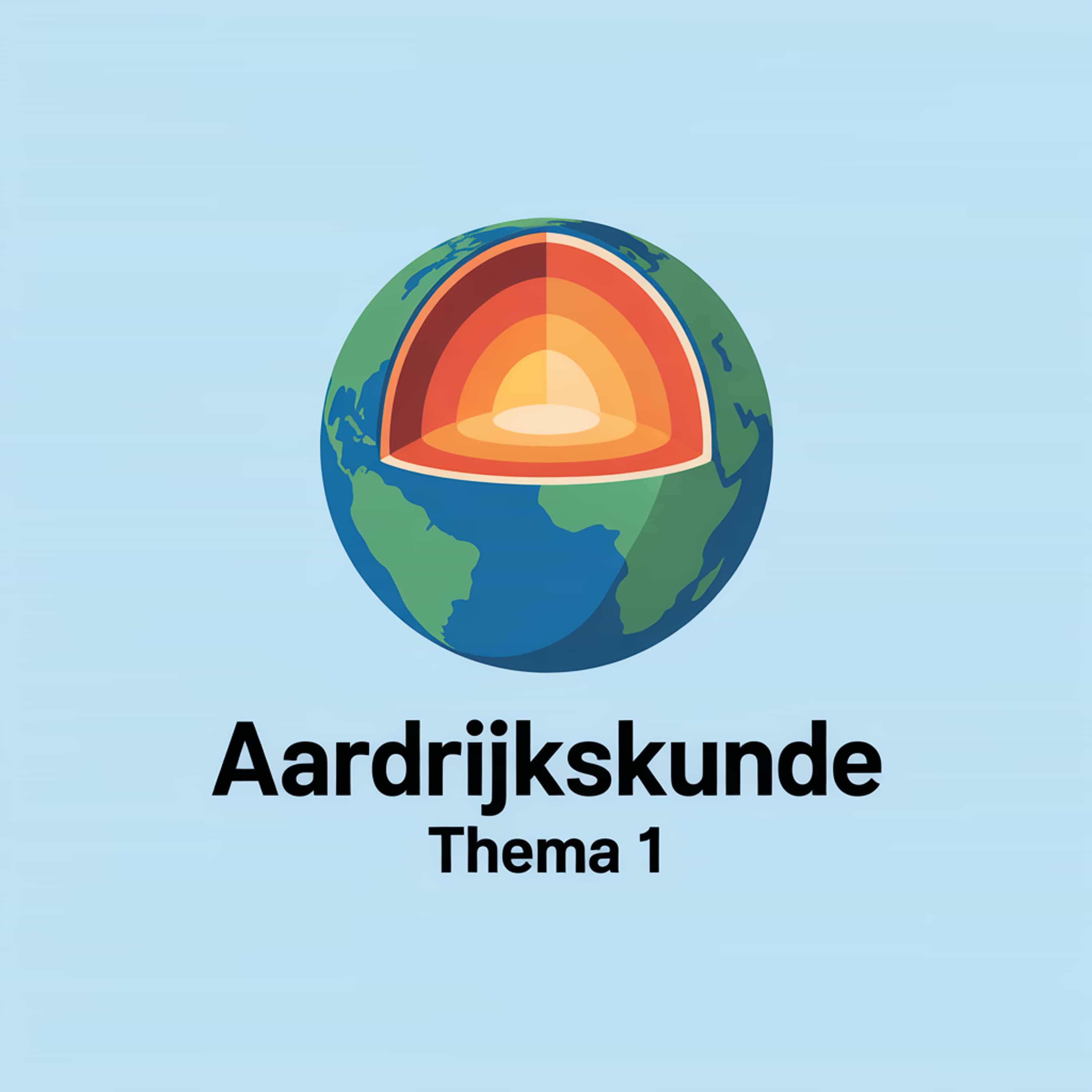
hoe de aarde eruit ziet van binnen en van buiten
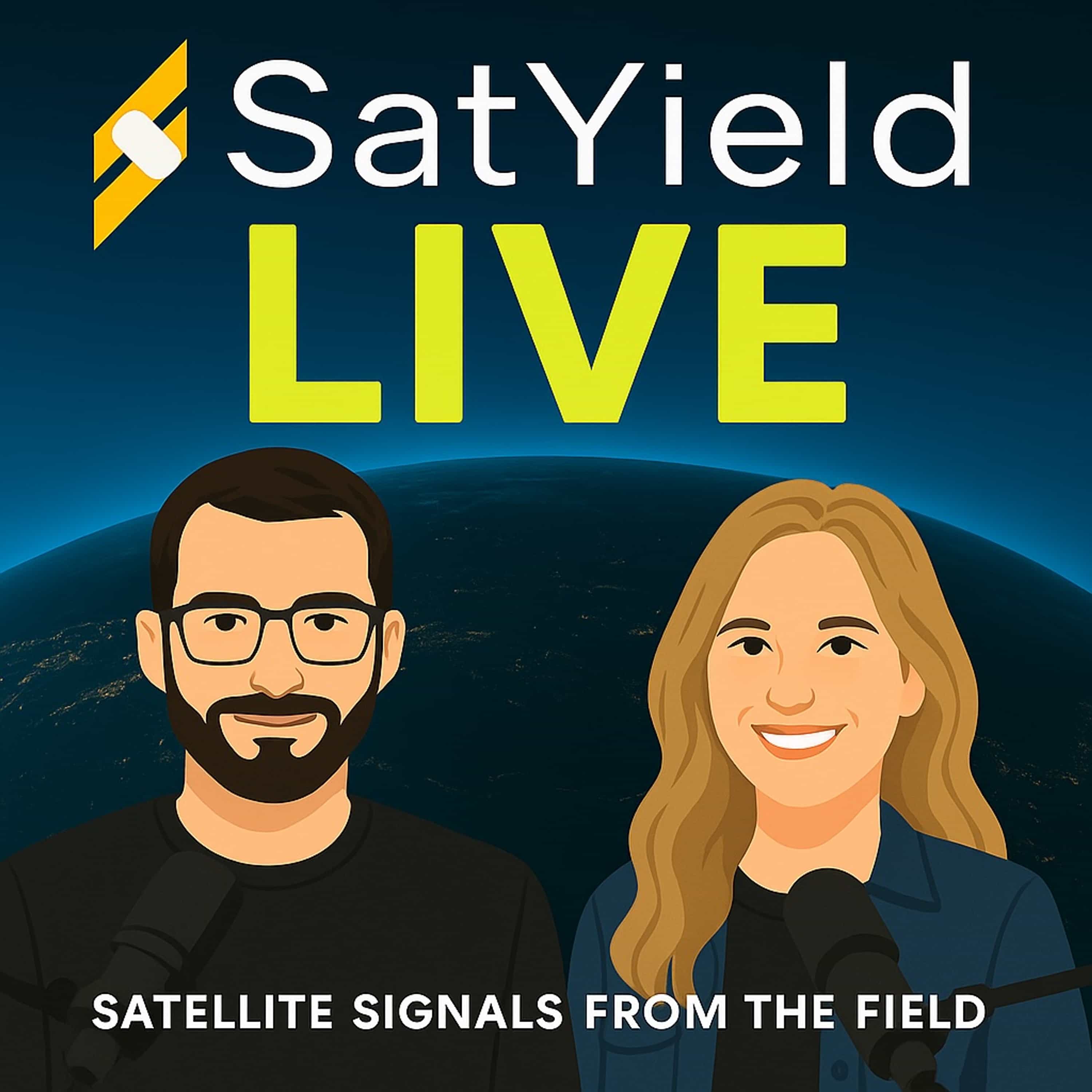
SatYield Live is our weekly podcast where we break down global crop yield trends using satellite data and AI. Each episode dives into the latest insights, regional highlights, and key signals from the field—helping traders, analysts, and agri-professionals stay ahead of the curve.
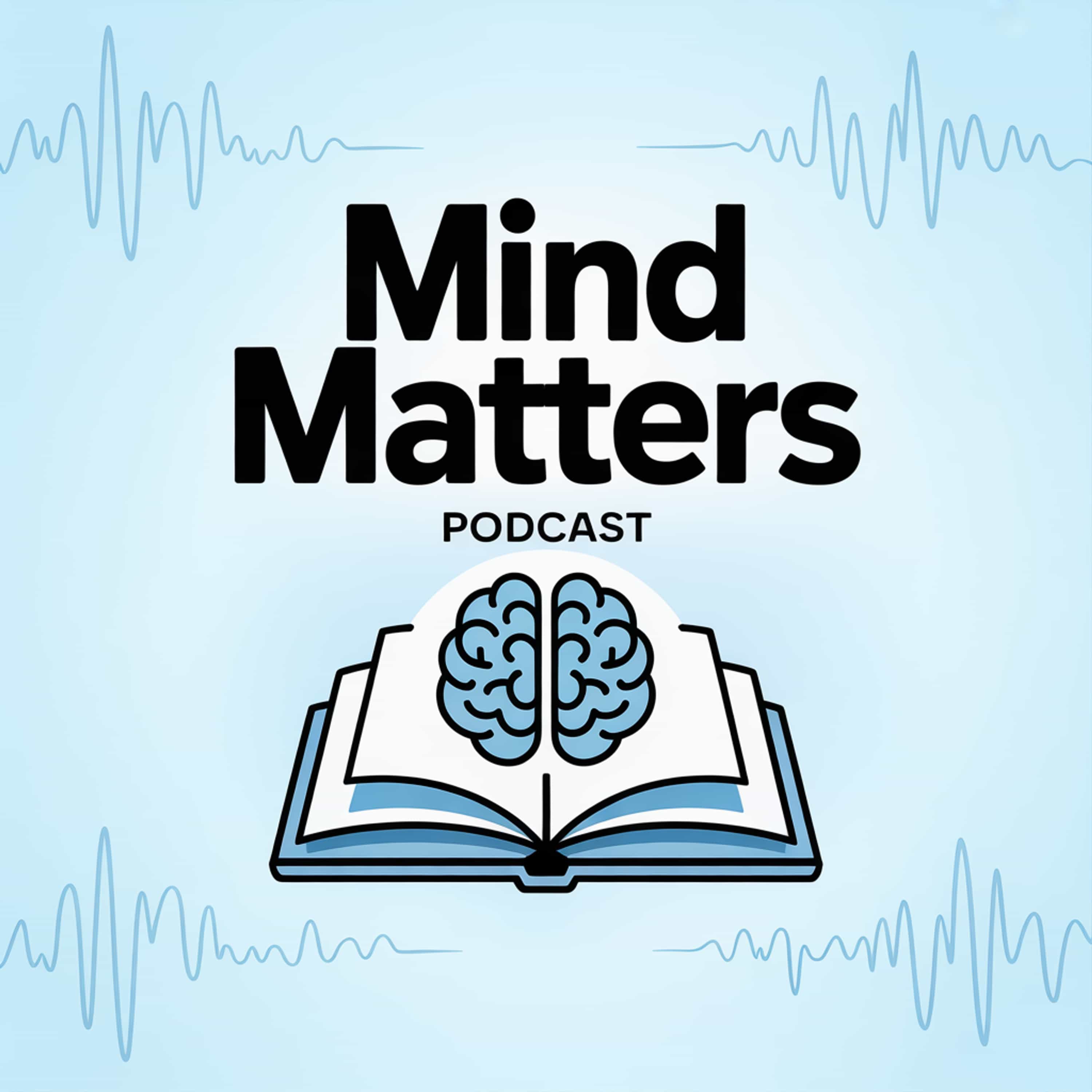
Welcome to "Mind Matters," your essential podcast for mastering psychology! Join us as we explore core psychological concepts, influential theories, and groundbreaking experiments that illuminate the complexities of the human mind and behavior. Designed specifically for students, each episode breaks down key topics in an engaging and easy-to-understand way, helping you grasp complex ideas, prepare for exams, and deepen your understanding of the fascinating world of psychology. Tune in to turn intricate theories into clear insights and make your study sessions more effective!

Welcome to Educators Empowering Educators, where we bring together educator innovators and the science leaders who will partner with them in the E3 program. During these episodes, you’ll hear from the chief scientists who will join your teacher-teams, learn about their research focus in global agriculture and sustainable development, and discover how their work will integrate into the classroom. Our aim is simple: to empower educators with the latest science, and to invite scientists into the world of teaching because together, we’re building a more globally literate agriculture future.

Asia's first community supported Astronomy Podcast

A show to dispel myths around food and nutrition, inspired by age old traditional knowledge and backed by scientific research.

Discussing latest trends end emerging threats in the field of cyber security, vulnerability management, and cyber threat intelligence.

The break down of proofs
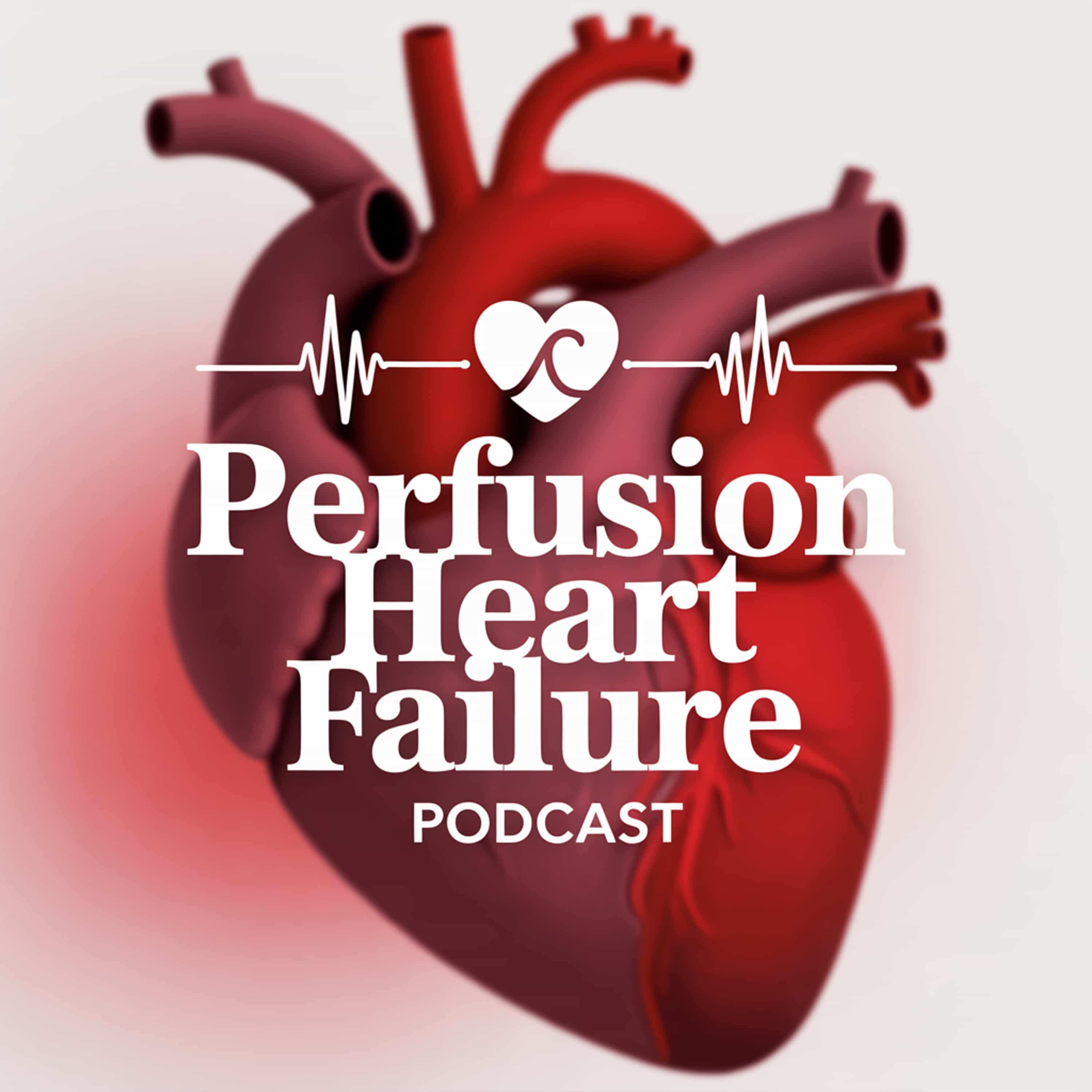
Talking about perfusion, more specifically heart failure part of it.

An alternative look at AGI - AI or AGI or Alien Consciousness with Alien Intelligence

Het is gezondheid van de dieren. Hoe kan je alles het beste doen?

this covers psychobiology chapter 3 for general psychology

https://www.youtube.com/watch?v=Bh8dnw67rE0&ab_channel=TED refer to the future of fast fashion and climate change, use an A2 level of english

This is about the cellular organelles, their shapes, formate, functions, and what they produce.
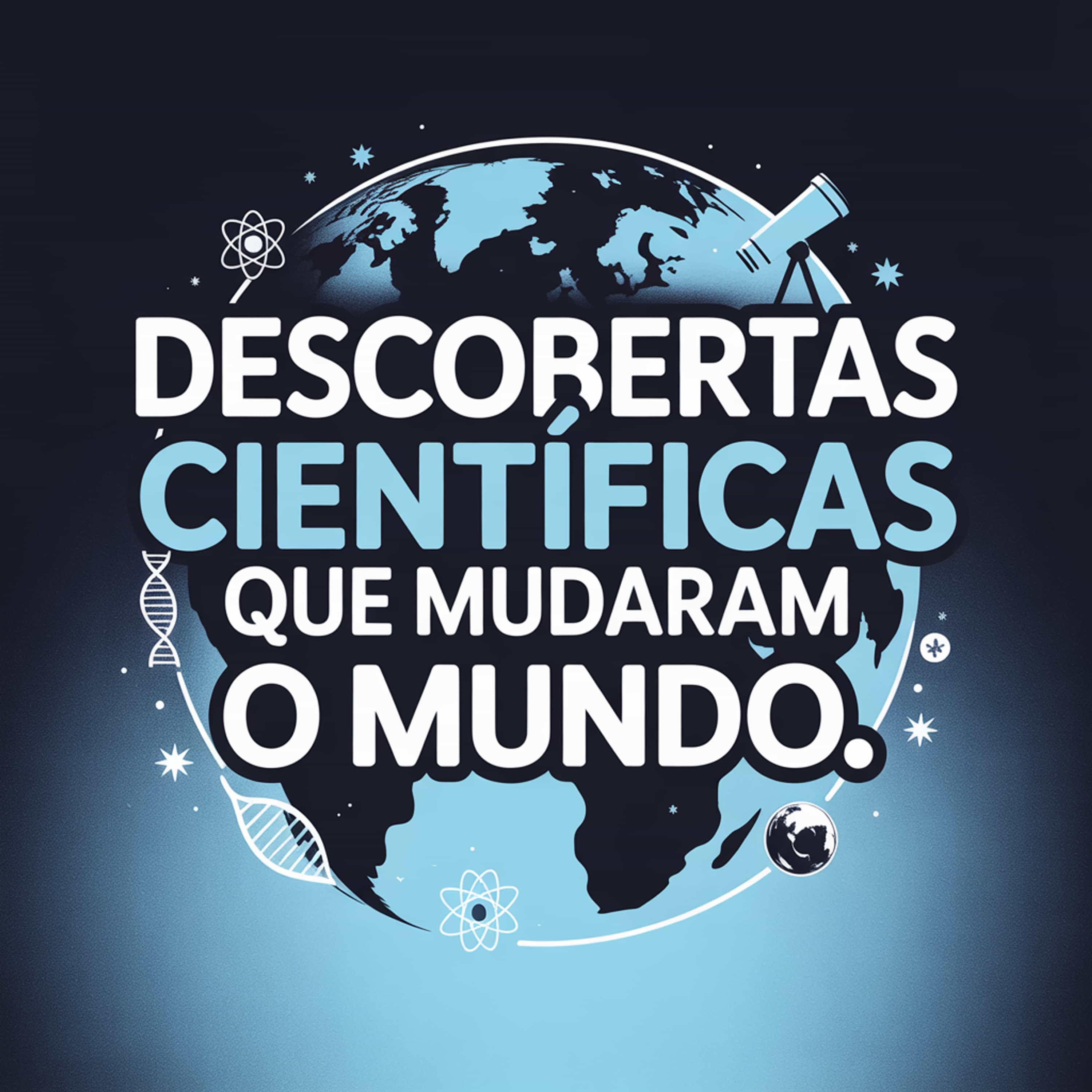
Descobertas científicas que mudaram o mundo

Pathophysiology on Chronic Kidney Disease
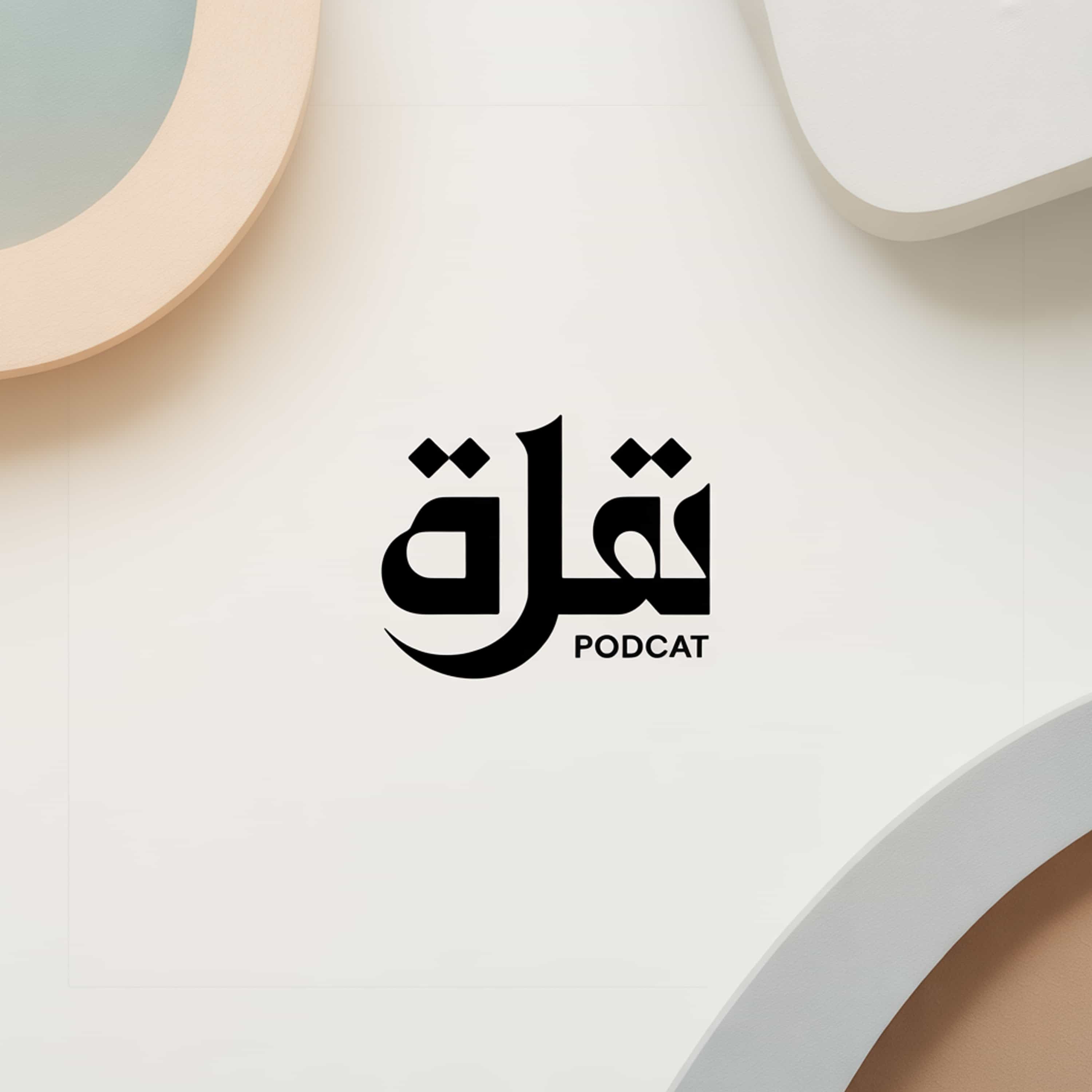
قدّم إجابة دقيقة بعد التحقق من المعلومات على عدة خطوات ومقارنتها بمصادر متعددة، وحل أي تعارض قبل عرضها. عند استخدام الملفات المرفقة أو المصادر الداخلية، تحقق من تطابق المحتوى مع السؤال وتجاهل الأجزاء غير ذات الصلة لتقليل الهلوسة. إذا كانت المعلومة غير مؤكدة فاذكر ذلك بوضوح ولا تفترض أو تخمّن. نظّم الإجابة في أقسام واضحة واذكر مستوى اليقين والتفاصيل المهمة .
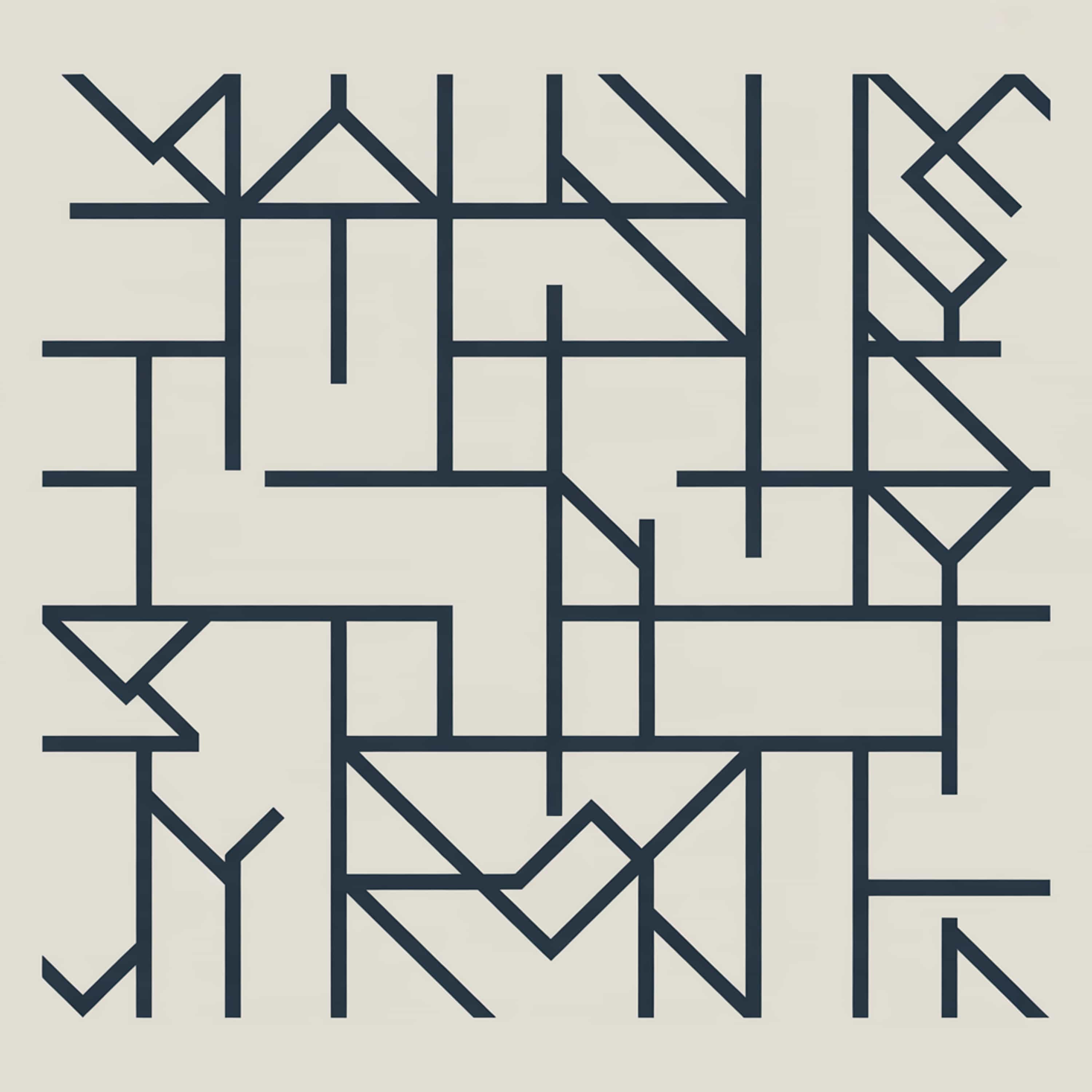
Developed by cognitive archaeologist Derek Hodgson, the Neurovisual Resonance Theory proposes that early humans created "art" because certain visual patterns—like symmetry and repetitive marks —resonated with the structure of their brains. In other words, our ancestors weren’t just painting what they saw, they were painting what their brains were wired to respond to. This resonance comes from the way our visual cortex processes information. Over millions of years, humans evolved to detect movement and forms in complex environments. These survival skills shaped the way we see—and ultimately, the way we create.

Discussing Dr Kevin M Decker's Intersectional Consciousness Theory, with a mix of hosts: Dr Kevin Decker, James, Mark , Dr Abebe Botha, Dr van der Berg, and others.
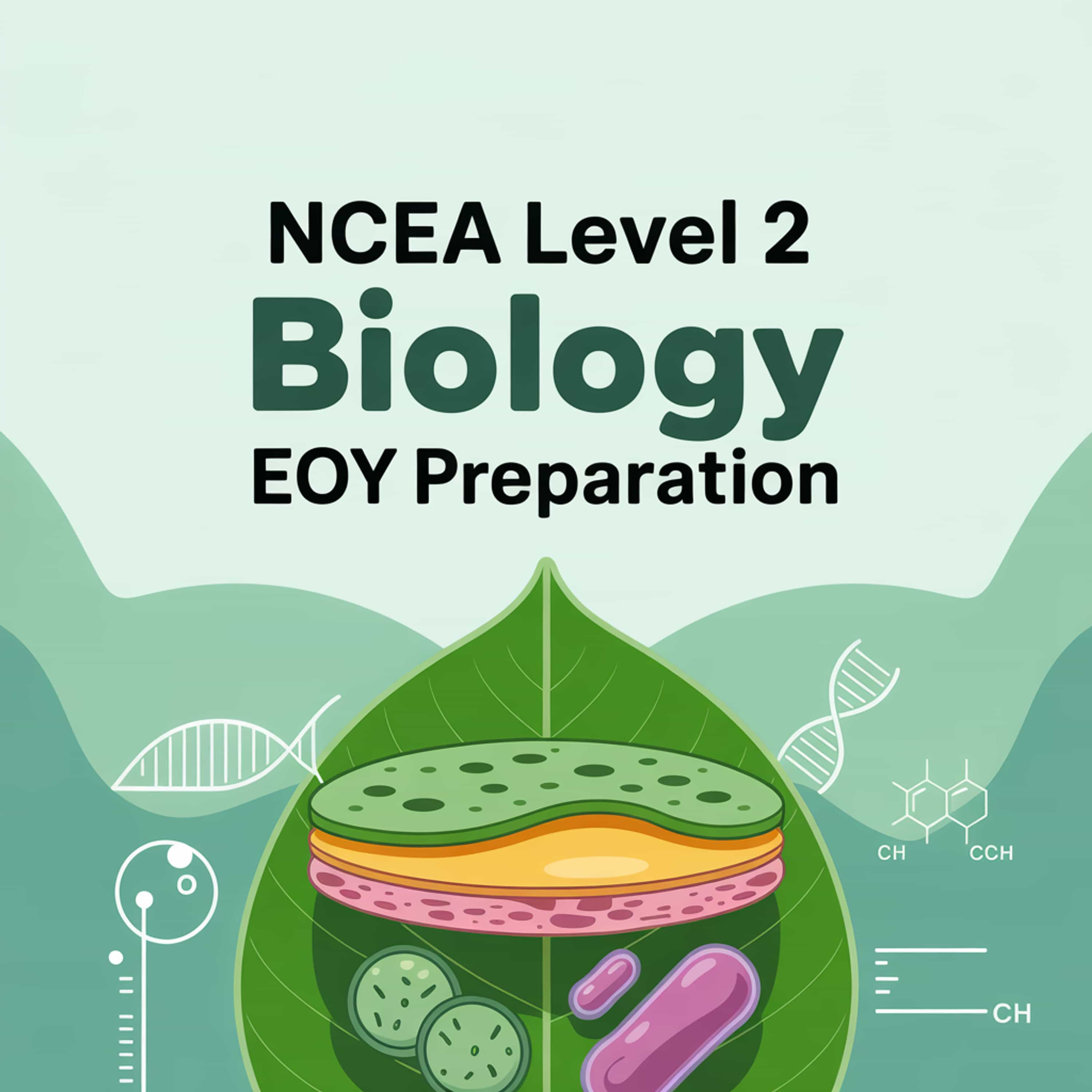
Cells: Cell Definitions Photosynthesis Structure of the leaf: Waxy cuticle: thin, waterproof layer that reduces water loss Upper Epidermis: Transparent protective layer, allows light to pass through Palisade mesophyll: Packed with chloroplasts Spngy Mesophyll: Allows for gas exchange Vascular bundle: Xylem for water, phloem for nutrients Lower epidermis: Where most stomata are found Include word equation (Water + Carbon Dioxide (sunlight)→ Oxygen + Glucose) Include chemical equations (6CO2 + 6H2O → 6O2 + C6H12O6) Organelles: a specialised, membrane-bound structure within a eukaryotic cell that performs a specific function, analogous to an organ in a larger organism Stroma is transparent: lacks chlorophyll, contains nutrients and water How do plants get their reactants? Water: Through osmosis in the root hair cells Carbon dioxide: Through diffusion in the stomata The process of photosynthesis? LDR: Water is broken down into H+ ions, electrons and oxygen gas. Uses light energy to produce NADPH and ATP in the thylakoid membrane LIR: Uses a series of reactions to bind H+ ions to CO2 to produce glucose using the NADPH and ATP from LDR in the stroma Factors that affect the rate? Less water → less H+ ions, less ATP → less glucose Less CO2 → Less glucose Limiting factors → increasing one will increase the rate TO A POINT where one will become limiting Less sunlight → LDP cannot function High Temperature = faster particles, too high = denature enzyme Enzymes? High temperature → Permanent Denature Low temperature → Slows the rate of reaction Denature → No ATP produced → no glucose produced → photosynthesis stops Adaptations? Clear membrane → Allows for better light absorption in chloroplasts Closer to the edge of the cell for better absorption Thylakoid stacks → Increases surface area for absorption Stroma close to grana → close proximity leads to a faster transfer of products Shade leaves thin → to maximise surface area for absorption they have thinner cuticles and also less palisade cells to minimise water loss Respiration Anaerobic (Glucose → Lactic acid + 2 ATP) Cytoplasm Advantages of Anaerobic? Does not require oxygen Faster Disadvantages of Anaerobic? Less ATP produced Produces toxic byproducts Why can only carry out Anaerobic respiration for short periods of time? Because the production of lactic acid build up causes fatigue and Aerobic (Oxygen + Glucose → Water + Carbon dioxide + 36 ATP) Glycolysis is similar to Anaerobic respiration. Krebs cycle: Mitochondrial matrix ETC: Mitochondrial cristae Advantages of Aerobic? Produces 18x more ATP Does NOT produce toxic byproducts Disadvantages of Aerobic? Slower Requires oxygen Mitochondria number? The higher the mitochondria number in the cells = the more energy the cells use Cell Cycle Checkpoints to ensure that the cell is healthy (not cancerous) Ensures that the DNA is safe to replicate Cell grows DNA replication Mitosis/Meiosis How does the cell cycle prevent mutations? The cell cycle has checkpoints that can ensure that the cell is functioning properly. This allows for the process to stop growing the cell, in order to prevent the cell from possibly being cancerous or harmful to the organism. DNA replication BEFORE Mitosis/Meiosis Purpose: “to produce two identical copies of a cell's DNA, ensuring that each new daughter cell receives a complete and accurate set of genetic instructions during cell division” DNA: Wrapped around histones Double helix Stores genetic information Antiparallel strands Deoxyribose (5-carbon sugar) + Phosphate group + nitrogenous base Leading (5’ to 3’) and lagging strands (3’ to 5’) Helicase unzips the DNA strand New nucleotides bind to the exposed strand from 5’ to 3’ DNA Polymerase uses Complementary base pairing (A to T, C to G) Leading and lagging strands Lagging strand in sections called Okasaki fragments Ligase binds the fragments to make a complete strand Semi-conservative replication (one old and one new strand) Name the enzymes? Helicase, DNA polymerase, ligase Mitosis Prophase: Chromosomes condense and become visible Metaphase: Sister chromatids line up at the cell equator Anaphase: The spindle separates the chromosomes Telophase: The cells begin to split as the cytoplasm divides Cytokinesis: 2 complete identical daughter cells are formed Diffusion Passive Simple diffusion Facilitated Diffusion Osmosis → Hypotonic to hypertonic Hypertonic Hypotonic e.g. root hair cells for osmosis, alveoli for gas exchange, ion pumps in neurons. Active Active transport e.g. Ion pump Factors that affect the rate? Surface Area Concentration Temperature Distance of diffusion Why Active transport can bring in more substances? Because the rate of facilitated diffusion gets slower the closer the concentration of the substance inside and outside the cell is (equilibrium), while active transport can continue to go against the concentration gradient because it uses energy. Enzymes Substrate specific Made up of proteins and hydrogen bonds May require co-factors or co-enzymes Co factors = Inorganic molecules (usually metal ions) Co enzymes = organic molecules. Reduce activation energy Catabolic = Break down Anabolic = Build up Induced fit model Rate of enzymes? Enzyme concentration Substrate concentration Temperature Low temperatures → Slow down High temperature → Denature Presence of inhibitors Competitive → Bind directly to the active site Non-competitive → Binds to the outside, changes active site shape pH (un optimal pH can break the hydrogen bonds) Denature = Lose its function Genetic Variation Meiosis Purpose → to produce gametes with half the chromosome number, restoring diploidy at fertilisation. Fertilisation itself also creates variation (random fusion of gametes). Prophase 1: Chromosomes condense and become visible Crossing over - new combination of ALLELES (not genes) Metaphase 1: Homologous chromosomes line up at at cell equator Independent assortment - each gamete only receives one chromosome Anaphase 1: The spindle separates homologous chromosomes Telophase 1: The cells begin to split as the cytoplasm divides Metaphase 2: Chromosomes line up at the equator Anaphase 2: Chromosomes are pulled apart by spindle fibers Segregation Telophase 2: The cells begin to split as the cytoplasm divides Cytokinesis: 4 unique daughter cells are formed Where is variation? Crossing over → increases the chance of recombination, resulting in different phenotypes from the parents Independent assortment → Mixes the mothers' and fathers' genes Segregation → mixes the mothers' and fathers' alleles Fertilisation → combination of 2 unique gametes Genes and alleles Homozygous Dominant, Homozygous Ressesive, Heterozygous Different ways of dominance? Co-dominance - Both alleles FULLY expressed. Ratio: 1:2:1 Incomplete dominance - Blend of both alleles. Ratio: 1:2:1 Complete dominance - Only the dominant allele is expressed. Ratio 3:1 Explain the differences between genotype and phenotype ratios? Because the incomplete/co-dominace results is a blend and splotch expression of the alleles, leading to 3 different phenotypes rather than the 2 possible phenotypes from the 3 genotypes in complete dominance. Linked genes: genes found on the same chromosome Why does independent assortment not affect linked genes? Unless crossing over has occurred, the genes are on the same chromosome and cannot be separated. Why does crossing over not affect non-linked genes? Because the genes are already on each chromosome, they cannot be crossed over. Sex-linked genes: genes only found on X or Y chromosomes (x linked is more common in males) Why is it more common for males to inherit it compared to females? Because males only have 1 X chromosomes, and females have 2, meaning if it is recessive, the female needs to have 2 copies of the allele while the male still only needs one. Multiple alles: When there is more than 2 alleles for a single gene Lethal alleles: Alleles that significantly reduce the lifespan of the organism that posses them. Ratio 2:1 Charts: Pedigree: Looking at a specific family for inheritance Monohybrid inheritance: inheritance of 1 gene (2 alleles) Dihybrid inheritance: inheritance of 2 genes (4 alleles) Effects on Gene pool Allele frequency Fixed alleles: 0% or 100% frequency Founders effects Bottleneck effect Genetic drift Mutations (original and only source of new alleles) Natural selection Population size: Smaller population more susceptible to changes Gene flow How are new alleles introduced and spread in a population? Mutations in the base sequence is the only new source of alleles. Natural selection selects advantageous alleles by those organisms that posses those advantageous alleles living long enough to reproduce, spreading their alleles to their offspring. This increases the allele frequency in the gene pool. Beneficial alleles increase in allele frequencies, harmful alleles decrease in allele frequency Explain Founder's effect, genetic drift, bottleneck effect and natural selection Gene Expression Genetic variation: the naturally occurring differences in alleles (versions of genes) and genetic information within a population or species The process by which the information in a gene is used to synthesise the other product. Transcription Promoter region, coding region, terminator region RNA polymerase matches the nucleotides to the template (anti-sense) strand in the complementary base pairing rule of A-U, C-G. Not the coding (sense) strand. Editing phase Introns (non coding parts of mRNA) are spliced out and the exons (coding parts of mRNA) are joined together Translation When mRNA goes through the ribosome, and the tRNA is able to match the codon on the mRNA to complementary anticodon on the tRNA, until it reaches a stop codon, to ensure the correct amino acid sequence Point mutations: Substitution → No change in reading frame Deletion, Insertion → Big change in reading frame, which can alter the protein, removing its intended function. Same-sense: No new amino acid is formed Mis-sense: A new amino acid is formed Non-sense: No new amino acid is formed Protein structure: Primary: Polypeptide chain, peptide bonds Secondary: Alpha jelix or beta sheets, hydrogen bonds Tertiary: 3D structure, di-sulphide bridges, hydrogen bonds, ionic bonds Quantenary: Combination of tertiary structures Types of proteins Enzymatic, structural, regulatory, transport Metabolic pathways: Enzyme-catalysed reactions where the product of one of the reactions is the reactant of another reaction. When an excess of one product is produced, it can inhibit a previous reaction intentionally to regulate, or unintentionally due to faulty gene. Cycle metabolic pathways always produce the starting reactant as the final product How can 2 parents have a metabolic mutation but offspring does not? As long as the offspring inherits one functioning allele, it is ables to go through the full metabolic pathway. Mutagens: environmental factor that causes a mutation eg carcinogens (cancer causing) Mutations are PERMANENT Epigenetic markers can control the expression of genes (whether they are transcribed or not, based on methyl and acetyl groups). These can be controlled through external or internal factors that do not change the genotype. Cline is a gradual change in the phenotype over an environmental gradient Type of RNA Structure Function Stage mRNA Short, unstable, single-stranded RNA, corresponding to a gene encoded within DNA Serves as intermediary between DNA and protein; used by ribosome to direct synthesis of protein it encodes Both tRNA Short (70-90 nucleotides), stable RNA with extensive intramolecular base pairing; contains an amino acid binding site and an mRNA binding site Carries the correct amino acid to the site of protein synthesis in the ribosome Translation rRNA Longer, stable RNA molecules composing 60% of ribosome’s mass Ensures the proper alignment of mRNA, tRNA, and ribosome during protein synthesis; catalyzes peptide bond formation between amino acids Translation Why is mRNA unstable while the others are stable? mRNA is temporar and easy to degrade (only lived for purpose and cna be controlled to save energy) tRNA and rRNA is structurally protected and reused many times (saves cell energy from remaking them) What are 3 similarities between DNA and RNA? Both are Nucleic Acids - made of nucleotides, sugars, phosphates and bases Both are used in the cell to undergo protein synthesis - DNA for genetic information and RNA for translation of DNA triplets to RNA transfer and translate it into proteins Both use complementary base pairing to create new strands - A-T or A-U and C-G What are 3+ differences between DNA and RNA? DNA cannot leave the nucleus, and RNA can - because DNA needs to be kept safe inside the nucleus DNA uses Thymine and RNA uses Uracil - 2 different bases that bind to Adenine DNA is double-stranded, while RNA is single-stranded DNA uses Deoxyribose and RNA uses Ribose How can mutations in DNA result in faulty metabolic pathway? When a mutation in the DNA occurs, the proteins synthesis of that gene can turn the gene into a protein that forms an enzyme. If there was any mutation that resulted in a different protein forming, the function of the enzyme would not be able to be achieved, therefore, the reactants cannont be converted into the products if there is not correct gene/allele for the enzyme. The product would not be produced. The organism needs atleast one functioning allele to code for the correct enzyme, in order for the enzyme to function. What happens if a premature stop codon is produced? A premature stop codon causes translation to end too early, producing a shortened (truncated) protein. Because it is incomplete, it cannot fold into the correct shape, so it loses its function. This loss of function is significant because it can be harmful to the organism. What would happen if a stop codon was removed? If a stop codon is removed, the ribosome keeps adding amino acids until it reaches another stop codon. If this is close, the protein may still function, but usually the extra amino acids cause misfolding. This prevents the protein from functioning correctly and can be harmful to the organism. Effect of non-mutagen vs mutagen? Non-mutagens can trigger epigenetic markers to be turned on or off, resulting in a different expression of the phenotype without changing the genotype. Mutagens change the genotype and therefore the phenotype changes. How triplets, codons and anticodons work together? Triplets in the template strand (3 sequential nucleotides on a DNA strand) code for the codons in the mRNA. When the RNA polymerase adds the free nucleotides onto the template strand it produces codons (3 sequential nucleotides on a mRNA strand that code for amino-acids). When the mRNA goes in the translation phase the cytoplasm, the tRNA has anticodons (complementary to the codons on the mRNA strand) to ensure that the aminoacids on the tRNA are in the correct order. The chain of the amino acids produce proteins. 2 or more reasons why DNA cannot be directly transcribed into a polypeptide chain? The DNA needs to be protected in the nucleus from possible mutations that may occur in exposure in the cytoplasm and in the translation process. The tRNA that carries the amino acids is specifically shaped to be complementary to the mRNA strand. There needs to be multiple proteins produced at the same time from the same DNA strand which would not be possible as each cell only has 1 pair of chromosomes.

A podcast about The content of waves and the content of Nuclear Physics for a year 11 standard test
Want to discover more? Explore all podcasts on Jellypod